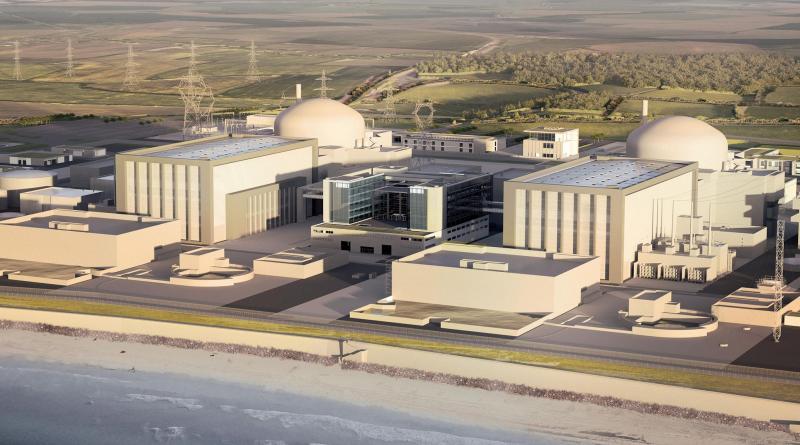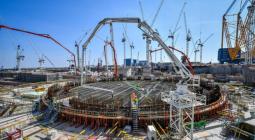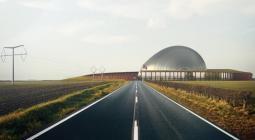Renewable not nuclear power is the future of green energy in the UK.

This week, the UK government began talks with EDF on the construction of a new nuclear power station in Suffolk. The proposed power station is likely to feature in the government’s “10-point plan” to achieve net zero emissions by 2050.
The UK government’s decision to begin talks on another power station indicates that nuclear power is increasingly being seen as a “real green” option.
But instead of nuclear power, the government needs to focus on clean renewable energy solutions that advance our climate goals. As well as being less risky, more cost-effective and helping to create jobs, they deliver a better result for the environment. For example, the life cycle of greenhouse emissions per unit of electricity generated from low-carbon sources are higher for nuclear power compared to renewables such as hydropower at near zero.
This demonstrates that renewable energy sources are more effective as a greenhouse gas mitigating option.
According to the International Energy Agency, nuclear power has avoided about 55 gigatons CO2 emissions over the past 50 years which is equivalent to almost two years of global energy-related CO2 emissions. This inherent benefit of nuclear power and growing concerns over climate change has been key in the re-emergence of nuclear power in political and public discourse globally in recent decades.
In the UK, there are 15 operational nuclear reactors and they generated 15.6 per cent of the UK’s electricity in 2019. Up to half of these reactors will no longer be in use by 2025, although this is partly offset by the construction of the Hinkley Point C nuclear power station in Somerset.
There are public and environmental safety concerns associated with nuclear power. Unlike renewable energy technologies, nuclear power stations are prone to accidents which can have widespread negative health and environmental impacts, requiring the costly implementation of extended remediation measures.
Although only a handful of such accidents have so far been designated as major, including the Three Mile Island meltdown in 1979, the Chernobyl disaster in 1986, and the Fukushima meltdown in 2011, these accidents are stark reminders of the catastrophic risks posed by nuclear power stations.
Both Chernobyl and Fukushima resulted in total exclusion zones, effectively making these areas permanently derelict. In addition, the management of radioactive waste during the decommissioning of nuclear reactors and the associated potential risks posed are not present with energy generation from renewable energy sources.
Another concern with the government’s decision is the high £20bn cost of the proposed nuclear power station. This is particularly worrying given the proposed power station relies on an unproven nuclear reactor design, making it risky as well as expensive from an economic standpoint. In addition, the cost of installation and maintenance of mature renewable energy technologies such as offshore wind and solar energy has decreased significantly in recent decades. According to the International Renewable Energy Agency, the cost of these renewables continues on a downward trajectory and are now most frequently the cheapest source of energy generation, weakening the case for nuclear power.
Despite the high costs associated with nuclear power stations, supporters argue that the energy generated is competitive with fossil fuels and cannot be matched by renewable energy technologies - but it is not entirely true in all cases. If we take the proposed nuclear power station in Suffolk, it is estimated to generate enough electricity to meet 7 per cent of the UK's needs. These estimates are comparable to those of large tidal range schemes. For example, the proposed Severn barrage, a tidal range scheme in the Severn Estuary which was rejected by the UK government in 2010. It was estimated to generate enough electricity to meet 5 per cent of the UK’s electricity needs.
On a final note, the focus should be on renewable energy technologies, as recent analysis has shown that clean energy infrastructure construction can create twice as many jobs per dollar as fossil fuel investments in the short term. Green projects that boost renewable energy and energy efficiency also deliver higher short-term returns and lead to increased long-term cost savings. Such measures advance our climate goals as well as create jobs and help reboot the economy.
Dr Margaret Kadiri is a teaching fellow in physical geography at King's College London
18 December 2020
INDEPENDENT





